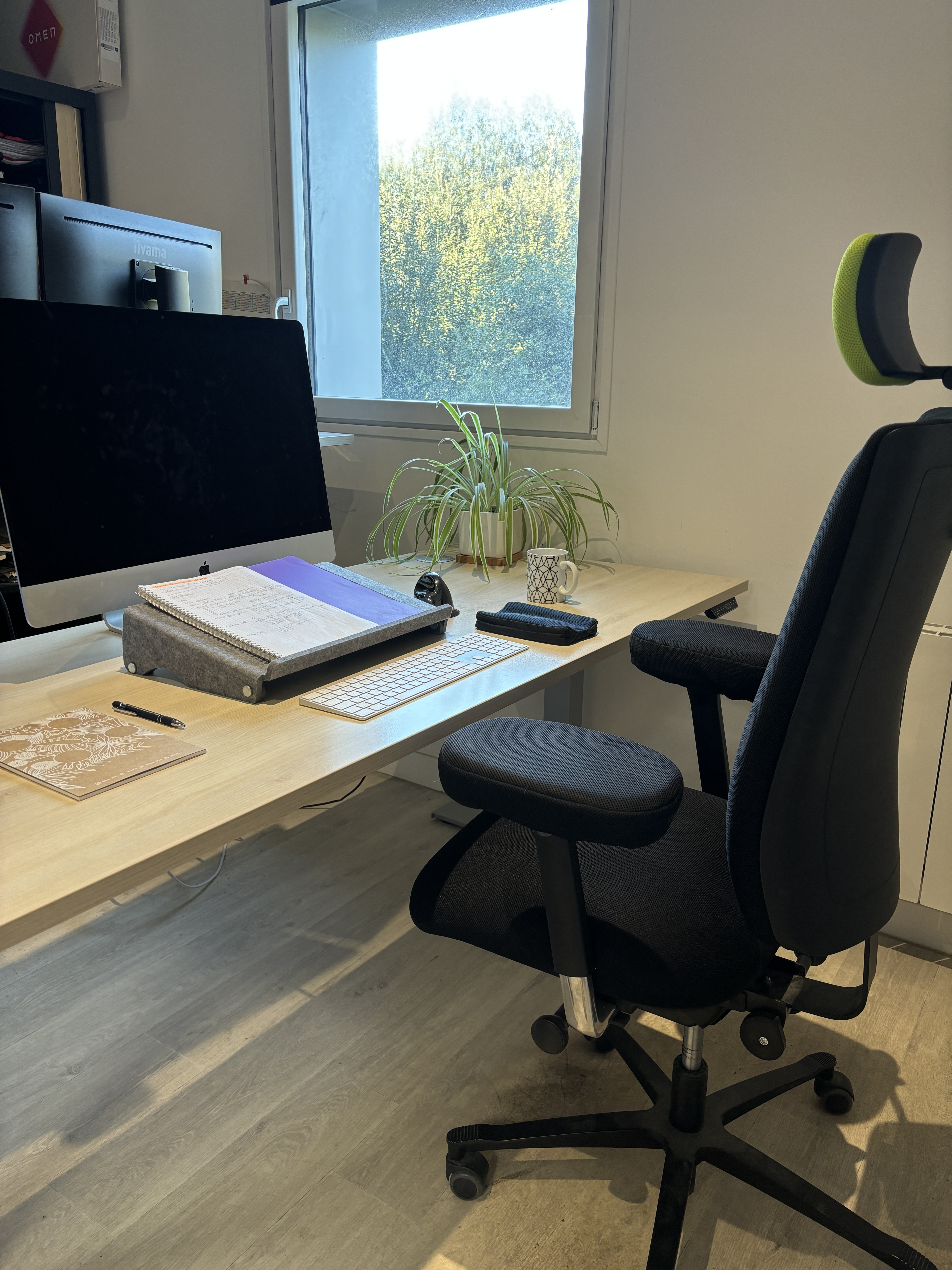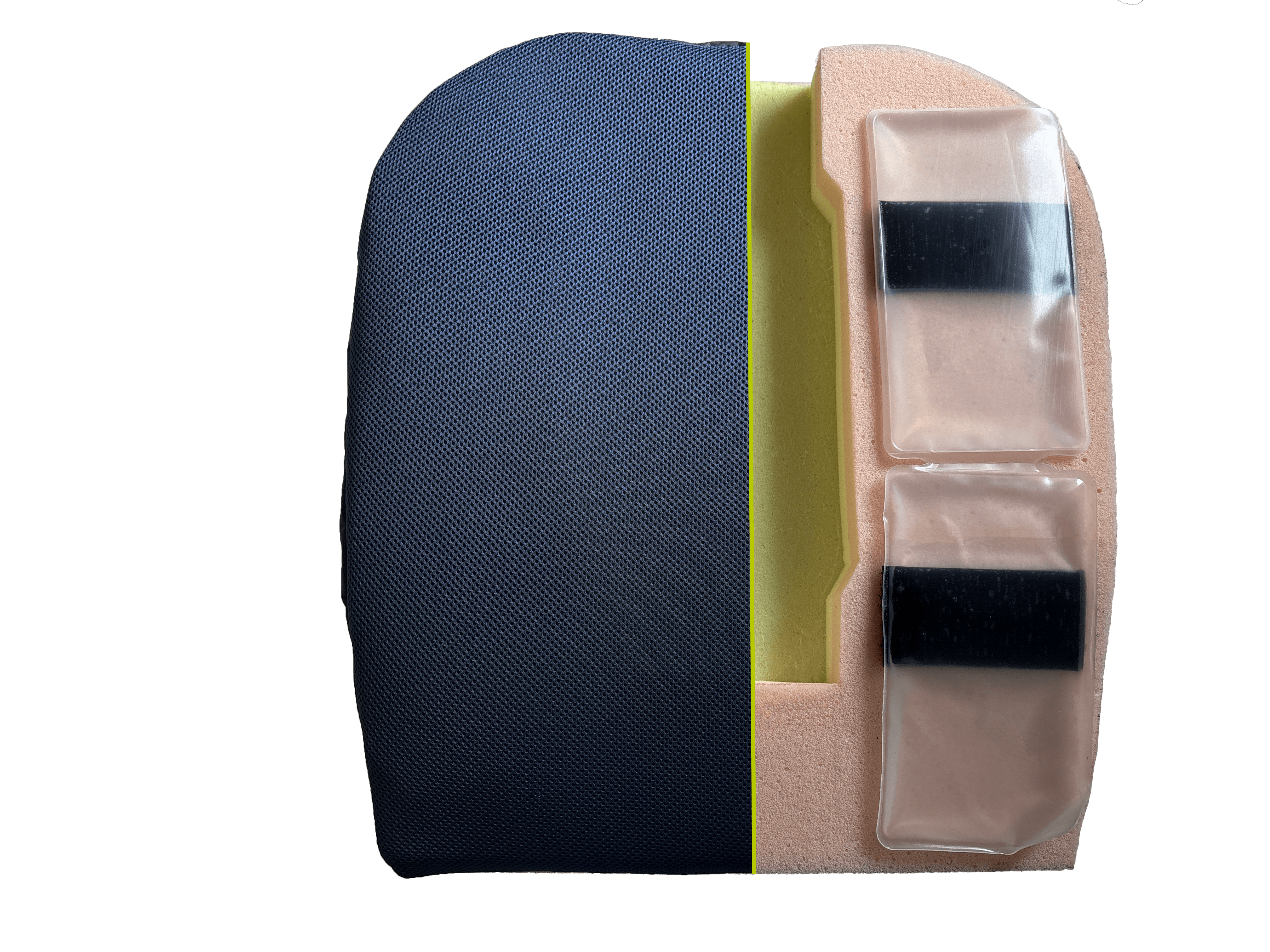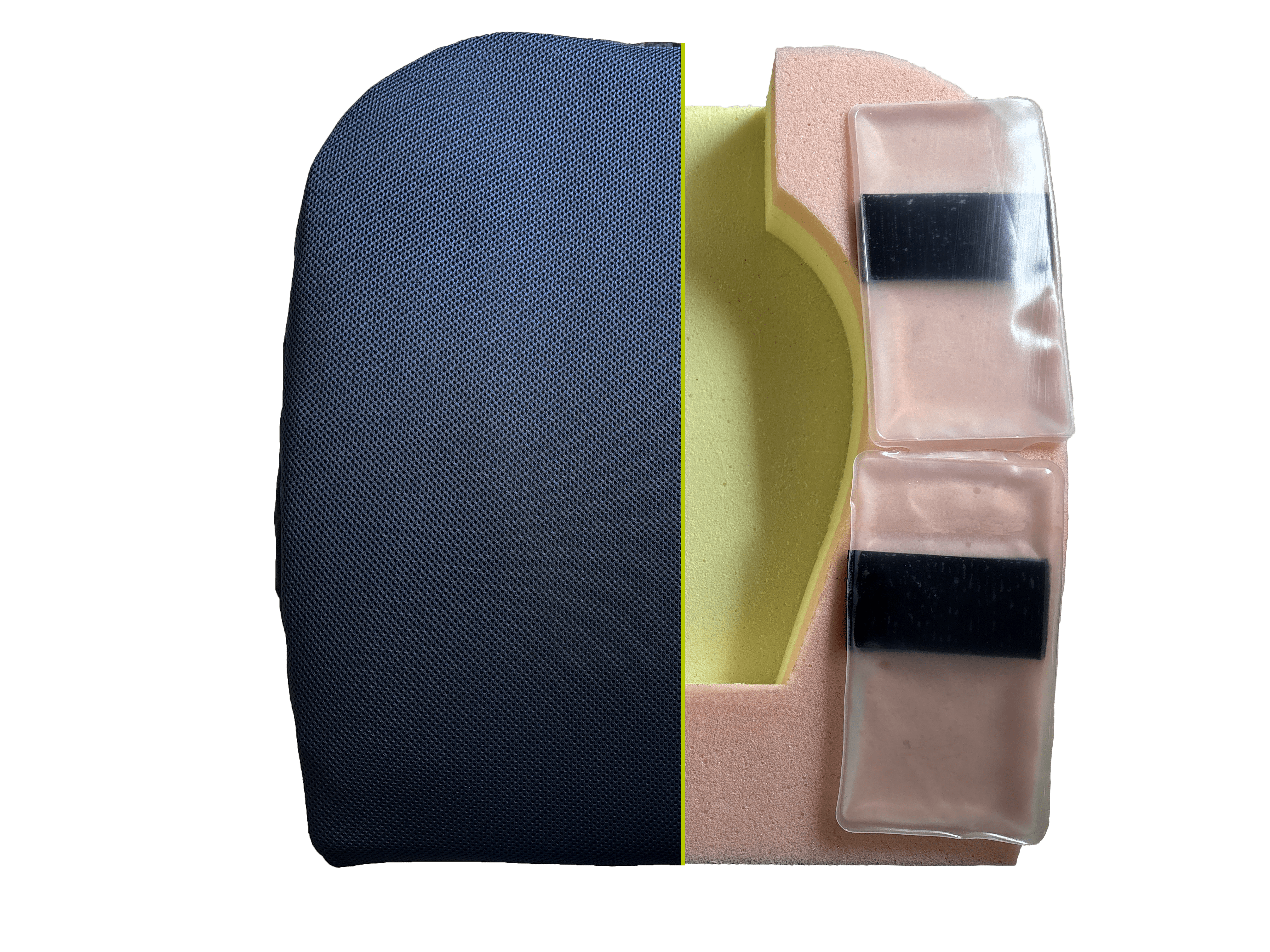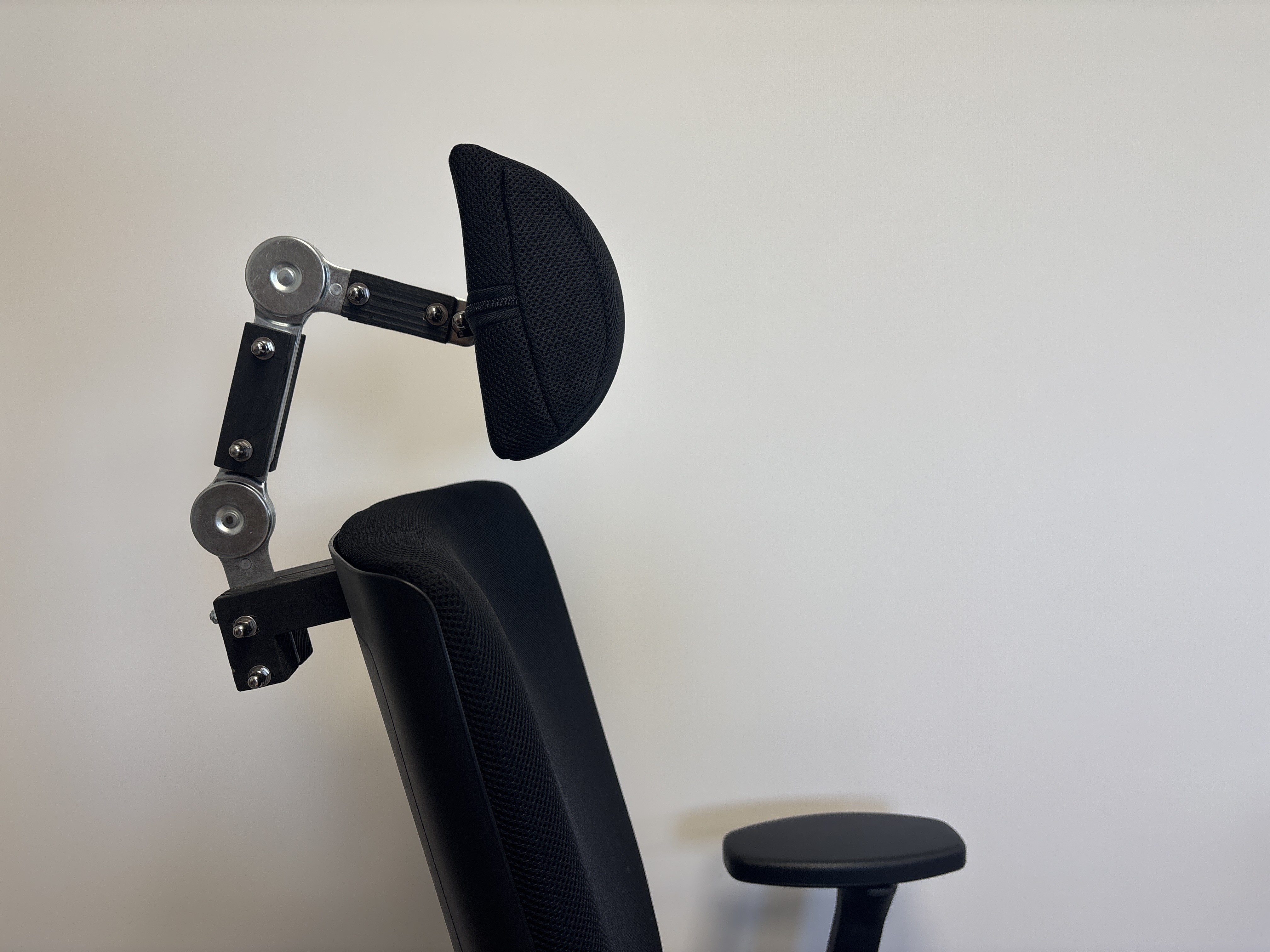
Piriformis Syndrome: Symptoms, Causes, and Treatment
What is piriformis syndrome?
What is the piriformis muscle?
The piriformis, or pyramidal muscle, is a deep triangular muscle in the pelvis. It is located in the buttocks near the hip joint. It originates at the sacrum and extends horizontally to the end of the femur. The piriformis muscle plays a key role in lower body movement and is responsible for:
- • Stabilizing the pelvis and hips
- • Lifting the thigh
- • Rotating the thigh
- • Transferring weight from one leg to the other
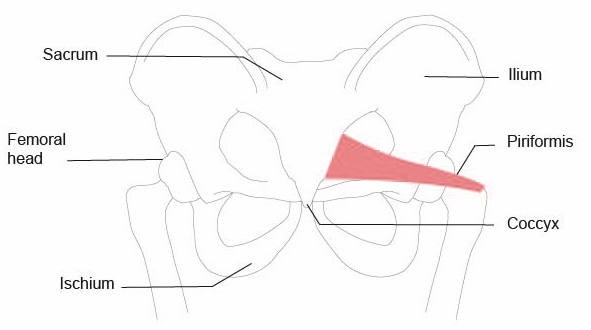
What is pyramidal syndrome?
Piriformis syndrome, or pyramidal syndrome, occurs when the piriformis muscle becomes inflamed, causing pain in the area of the muscle.
Since the sciatic nerve runs beneath the piriformis, piriformis syndrome is one of the possible causes of sciatic pain. The piriformis muscle can irritate or compress the sciatic nerve, leading to pain in the buttocks and down the leg.
What causes piriformis syndrome?
Piriformis syndrome is usually caused by overuse of the muscle, often during high-impact sports like walking or running. A fall, improper movement, or prolonged poor posture can also inflame the piriformis muscle.
In rare cases, a cyst or tumor may cause pressure on the pyramidal muscle.
Piriformis syndrome may also lead to pudendal neuralgia or cluneal neuralgia.
How to identify piriformis syndrome?
What are the symptoms of piriformis syndrome?
With piriformis syndrome, the first signs are usually pain in the buttocks, often accompanied by tingling, numbness, or burning sensations. Pain may radiate to the leg and the sacroiliac joint, where the pelvic bones (iliac bones) connect to the sacrum.
Pain may occur during physical activity that engages the pyramidal muscle, such as running or climbing stairs. Prolonged sitting may also trigger piriformis-related pain.
What test is used to diagnose piriformis syndrome?
A clinical evaluation and patient interview about lifestyle and activities help determine if the piriformis muscle is inflamed. This allows identification of movements or risk factors that may be straining the piriformis muscle.
Medical imaging may be used to rule out herniated disc sciatica, which shares similar symptoms with piriformis syndrome.
Who to consult for piriformis syndrome?
A physiotherapist and/or osteopath can help identify daily movements or postures that worsen piriformis muscle pain.
Consulting a specialist can also help determine whether you have a structural predisposition to pyramidal syndrome, such as leg length discrepancies or flat feet, which may contribute to its development.
To stay up to date on our latest articles, subscribe to our newsletter!


